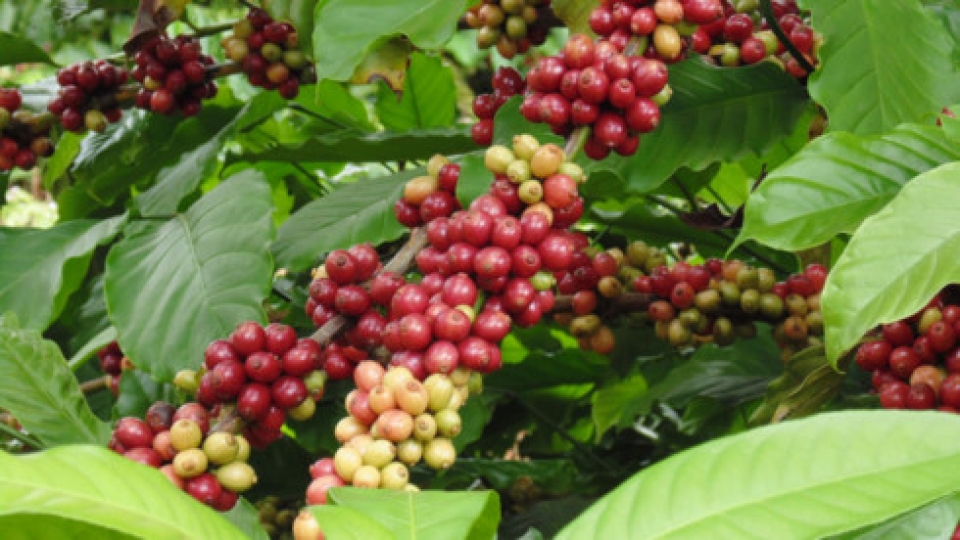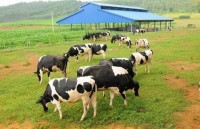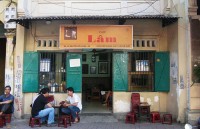
The paradox of Vietnamese coffee industry
Latest
| TIN LIÊN QUAN | |
| Vietnamese coffee & tea advertised at UN | |
| Vietnam joins tea, coffee festival at UN headquarters | |
In 2017, Vietnam’s coffee exports hit 1.42 million tons, tallying in at US$3.21 billion, a year-on-year decrease of 20.2% in volume and 3.8% in value. Germany and the US are two biggest consumers with market shares of 15% and 13%, respectively.
 |
| Illustrative image. (Photo: vov.vn) |
Dr. Nguyen Van Thuong, vice director of Western Highlands Agriculture and Forestry Science Institute (WASI), says Vietnam’s roasted coffee sector is not developed as fast as other countries in the world. Roasted coffee is mainly for domestic use while its export only accounts for nearly 10% of the country’s total coffee export volume. Meanwhile, the processing capacity of instant coffee is around 40,000 tons per year and most of it for exports.
Mr Thuong says it is normal for businesses to import roasted coffee to satisfy all types of customers.
Do Ha Nam, vice chair of Vietnam Coffee and Cocoa Association, echoes Mr Thuong’s view as saying that to meet their customers’ demand some businesses have to import a limited volume of finished products, for example Starbucks coffee.
Vietnam has been importing coffee beans from Laos, Indonesia and Brazil for processing and re-exportation, while in some years Brazil and Indonesia also bought Vietnamese coffee.
Some Vietnamese businesses have planted coffee in Laos and transported coffee beans to Vietnam for re-exportation. Meanwhile, some others have bought coffee from Laos because of its good quality, delicious taste, cheap prices and import duty of zero, says Mr Nam.
The Central Highlands of Dak Lak covers the biggest coffee growing area in Vietnam. Though the area has been reduced to around 203,000ha, Dak Lak's coffee output has kept rising thanks to intensive farming methods.
Vietnam exports around 60,000 tons of Arabica coffee each year, including 50,000 tons from the south and 10,000 tons from the north. Vietnam’s G7 and King instant coffee have made considerable inroad into the Chinese market.
It is worth noting that advanced processing technologies, mostly from Germany, have been widely applied in producing top instant coffee brands in Vietnam such as Olam, Trung Nguyen, Nestle, and Vinacafe to make Vietnamese coffee products more well known internationally.
 | Vietnam’s dairy giants export milk to China Dairy giants Vinamilk, TH true Milk, Nutifood and Anova Milk are rolling out ambitious strategies to export their products to China, a market with 1.4 ... |
 | Between tea and coffee Much of the charm of Paris is owed to La Rotonde and La Closerie des Lilas in Montpamasse, Café de Flore and Deux Magots Saint ... |
 | Vietnamese products introduced at World Food Moscow 2017 Eight Vietnamese businesses are showcasing their products such as spices, tea, coffee, fruits and dairy products at the World Food Moscow 2017, which kicked off ... |

























